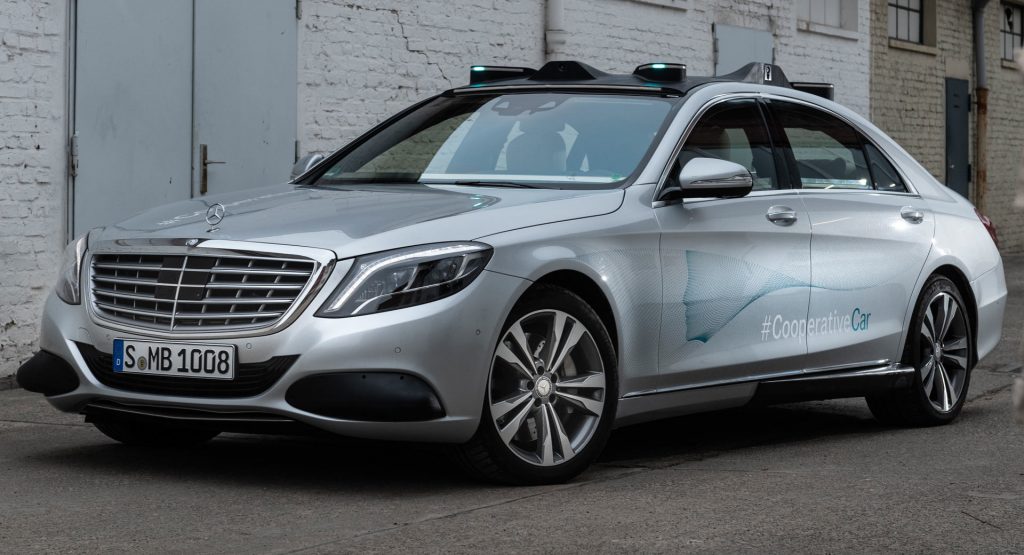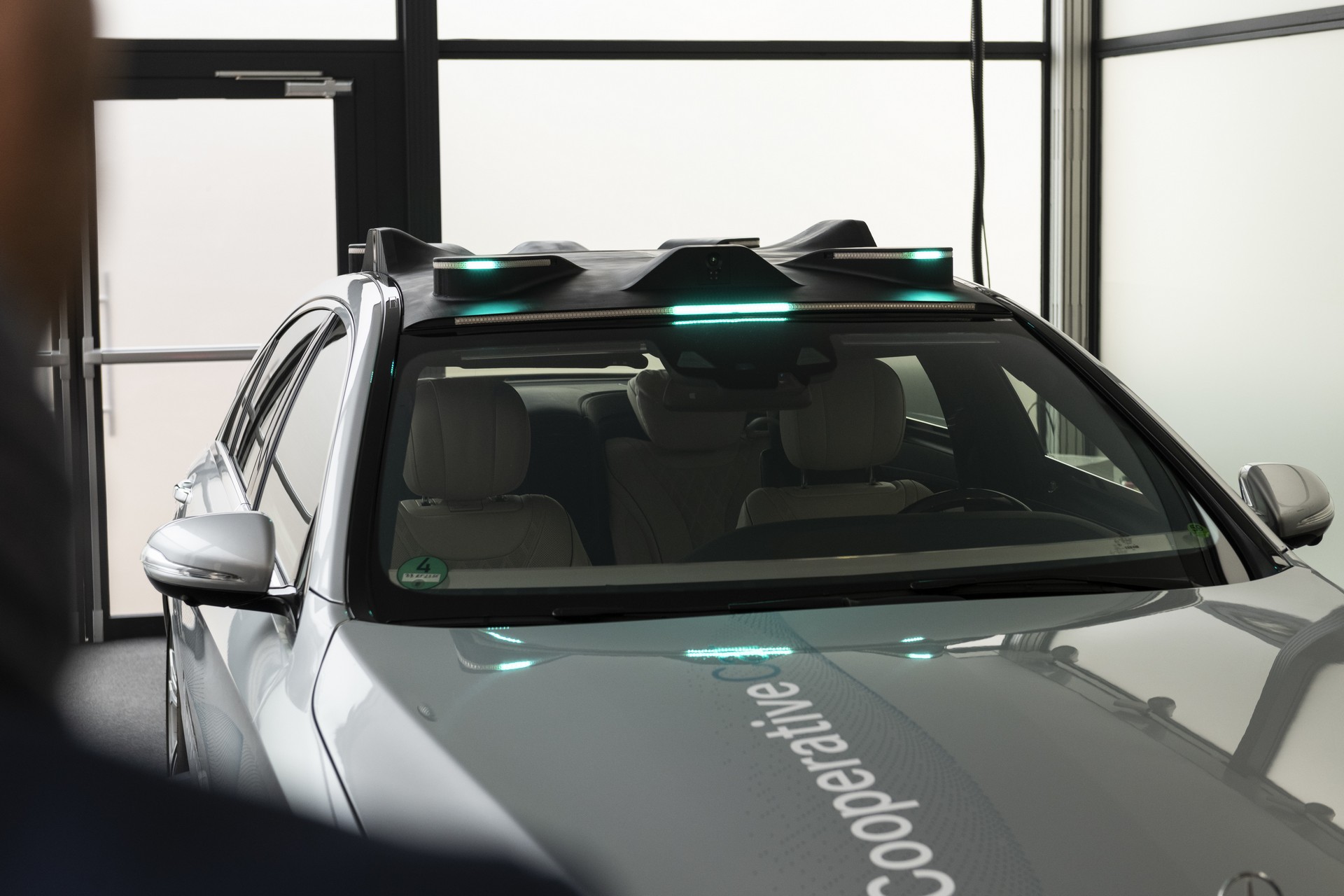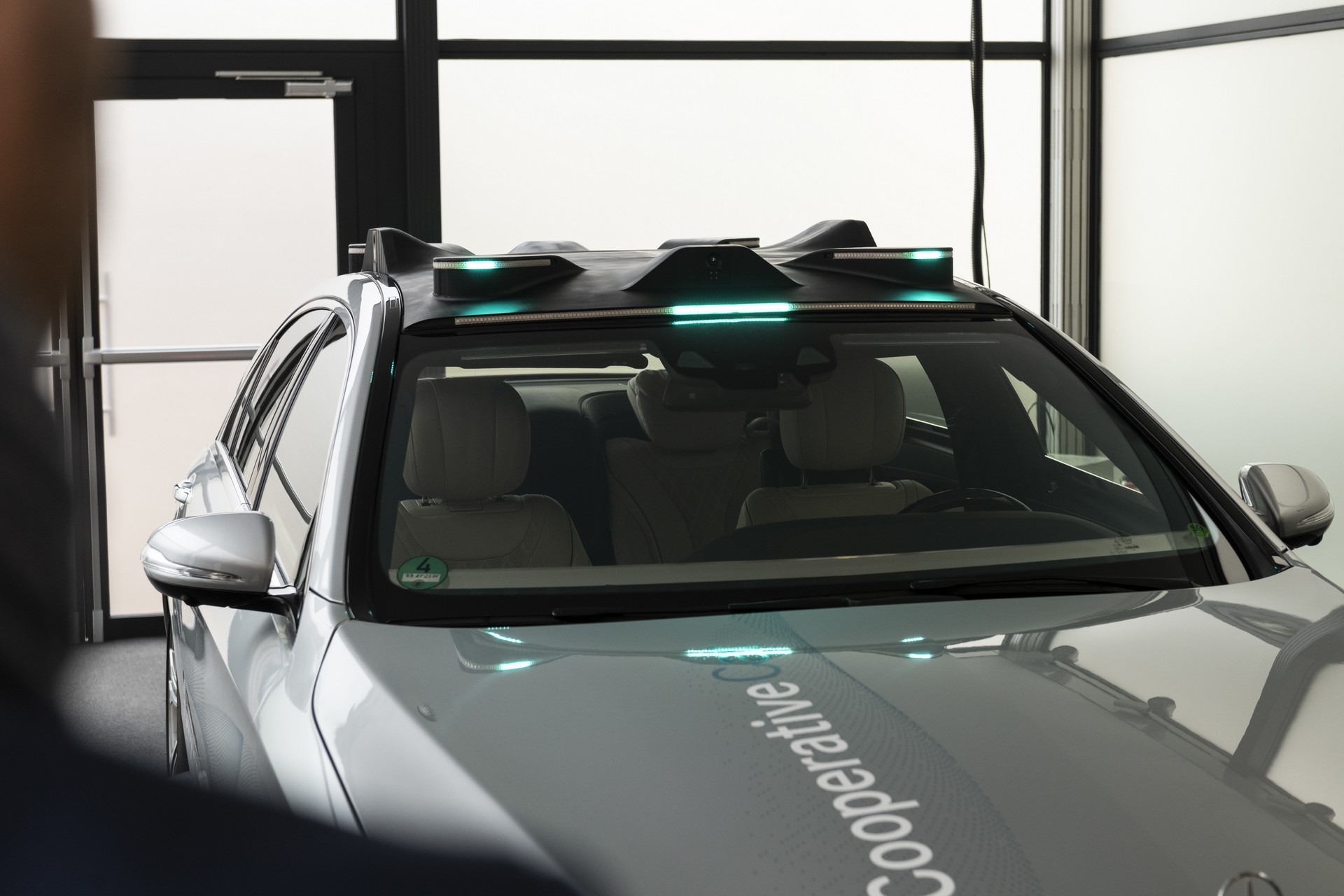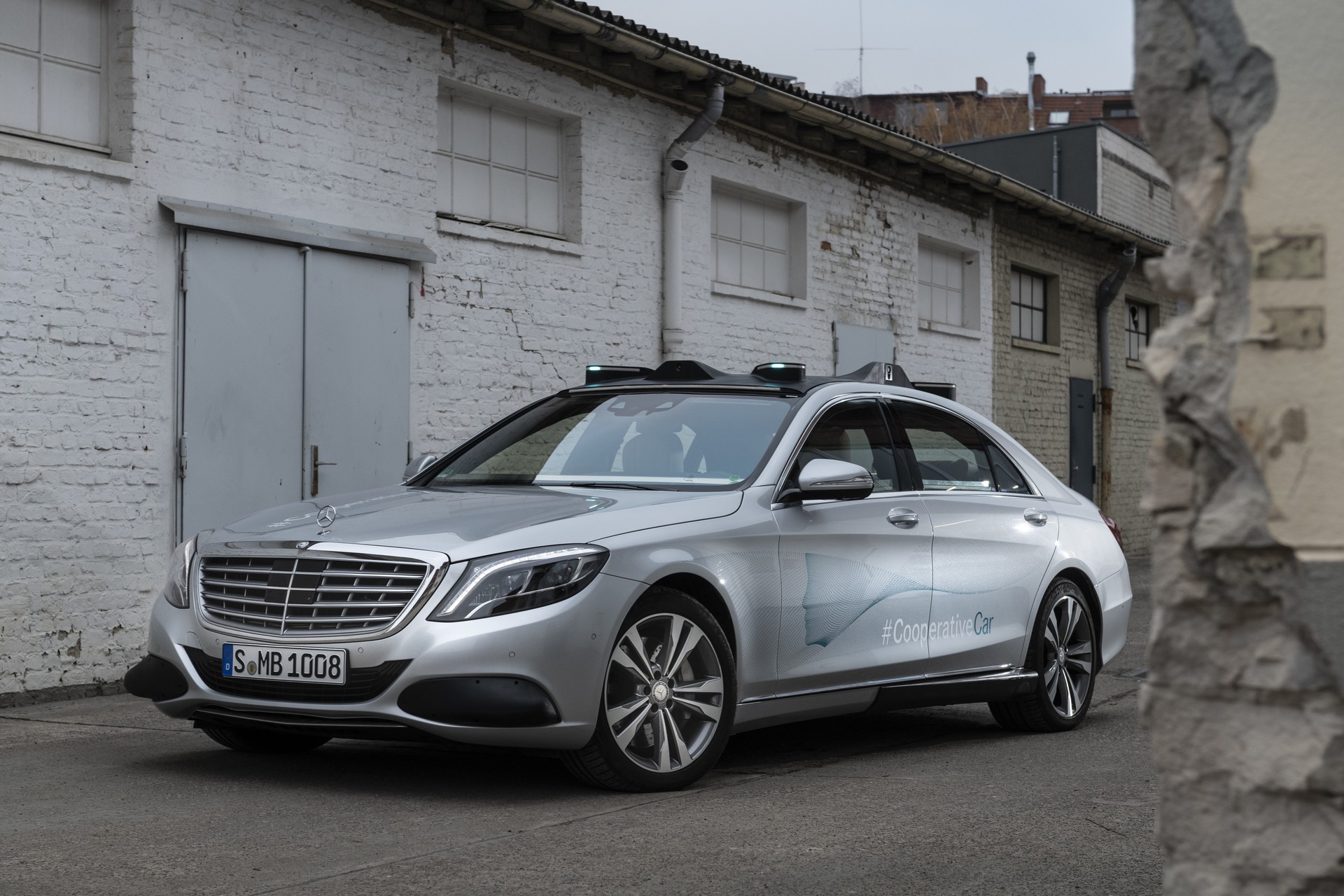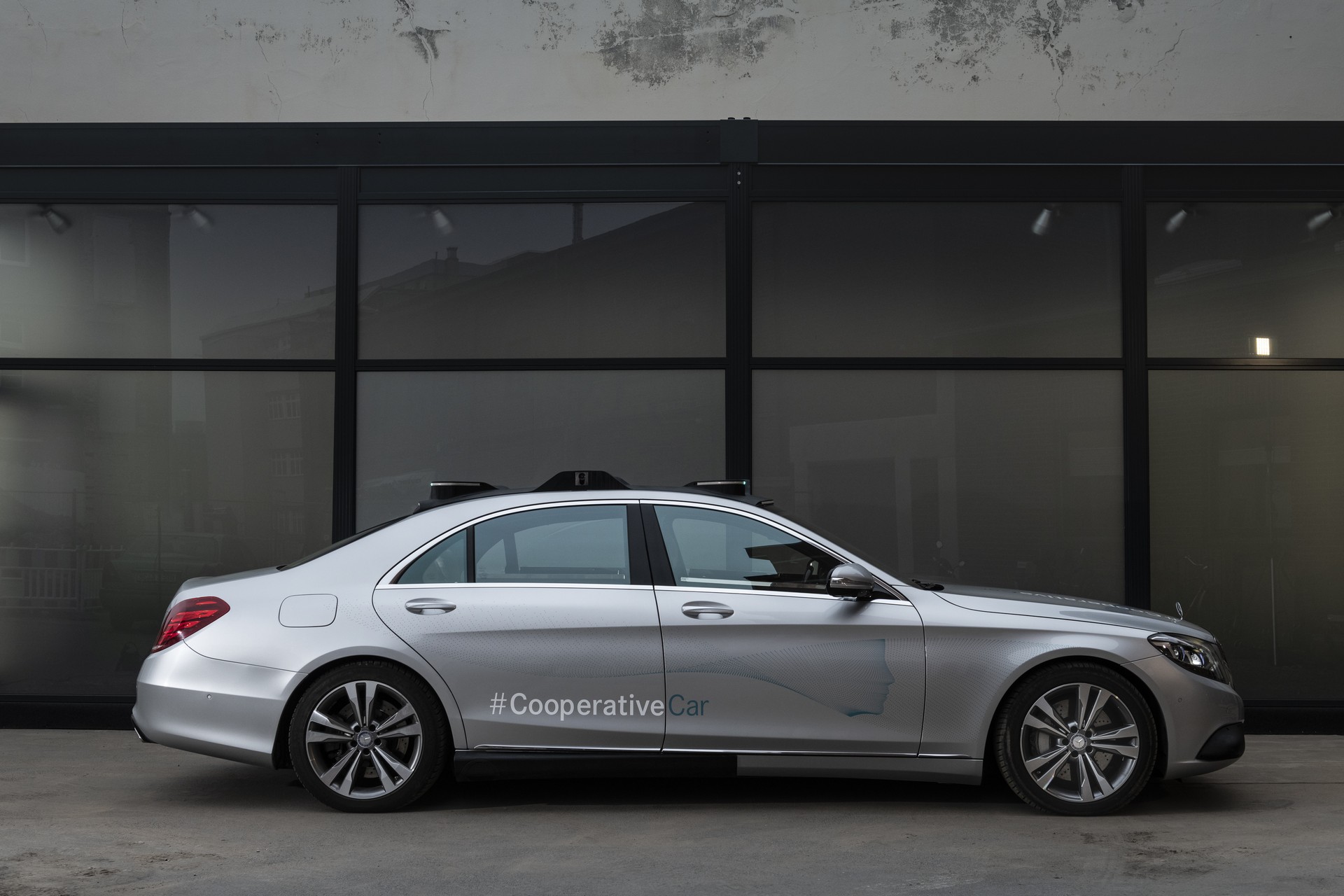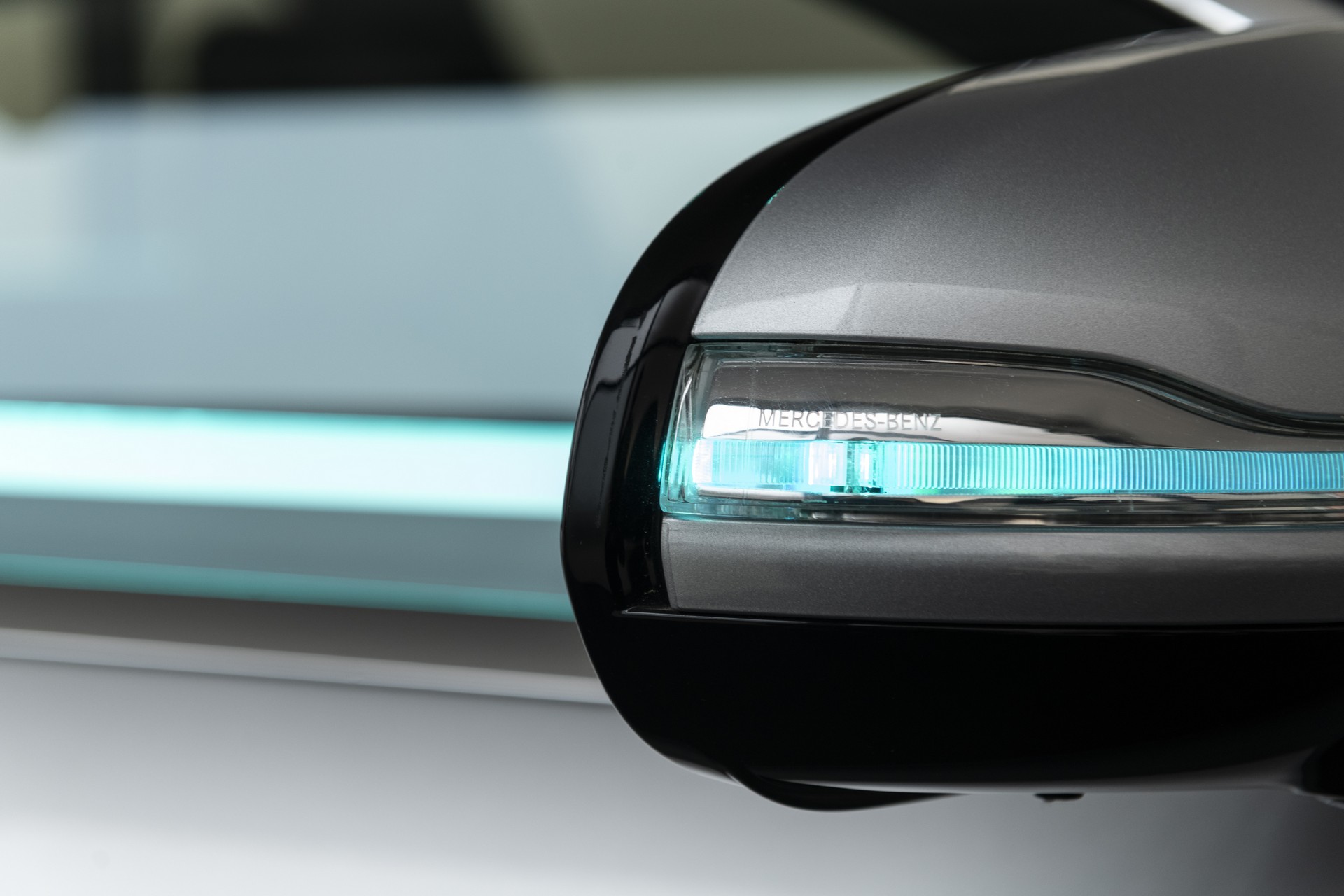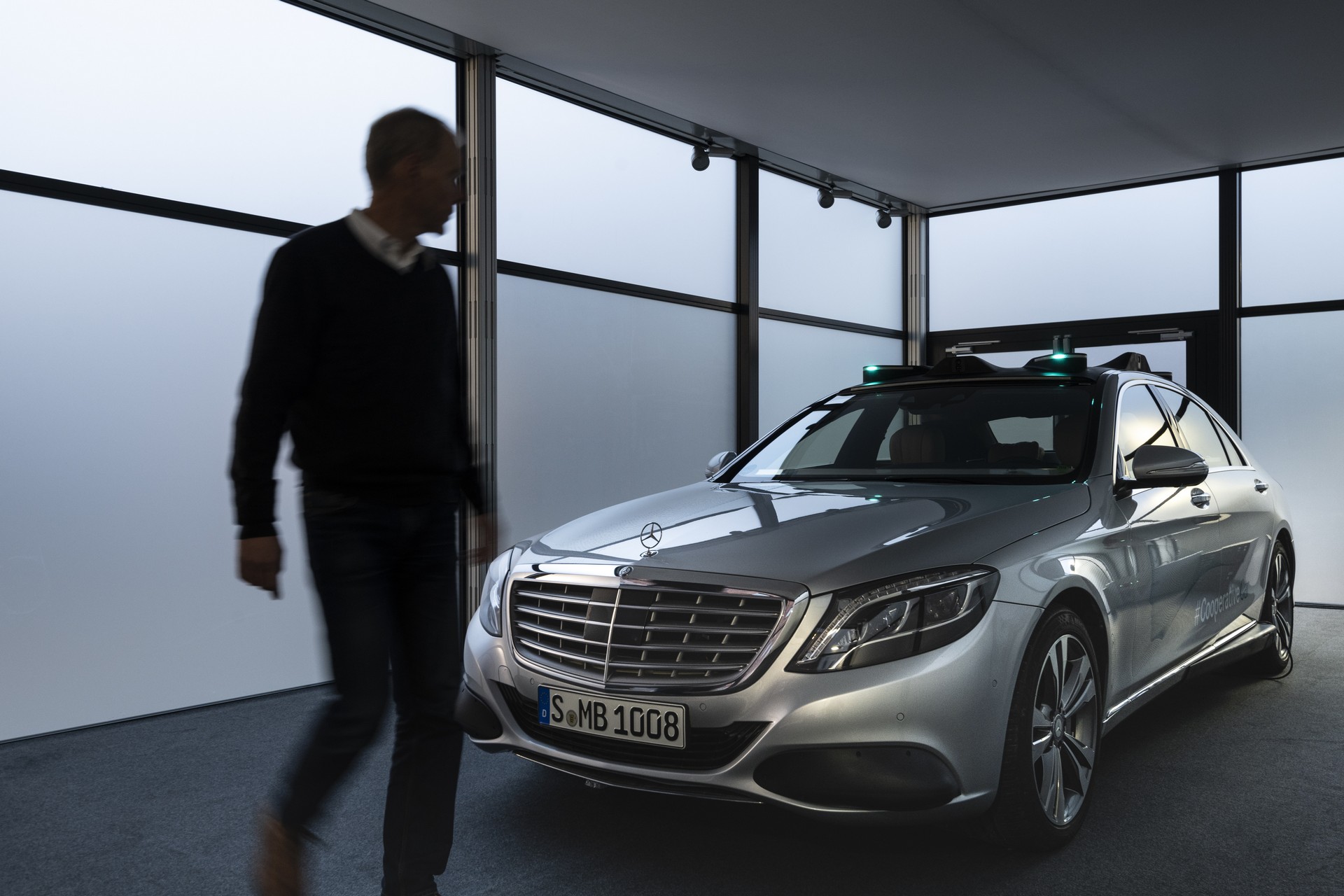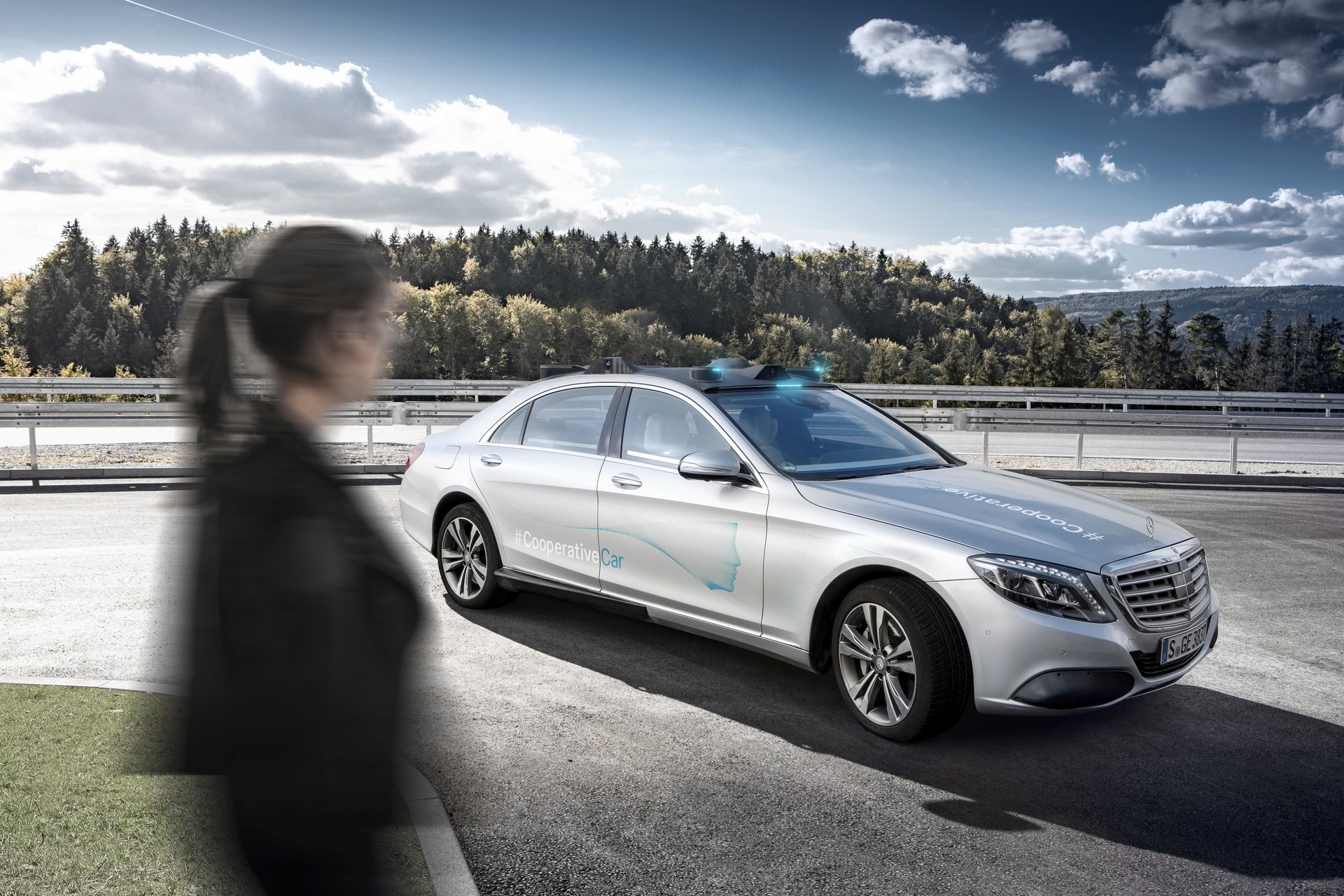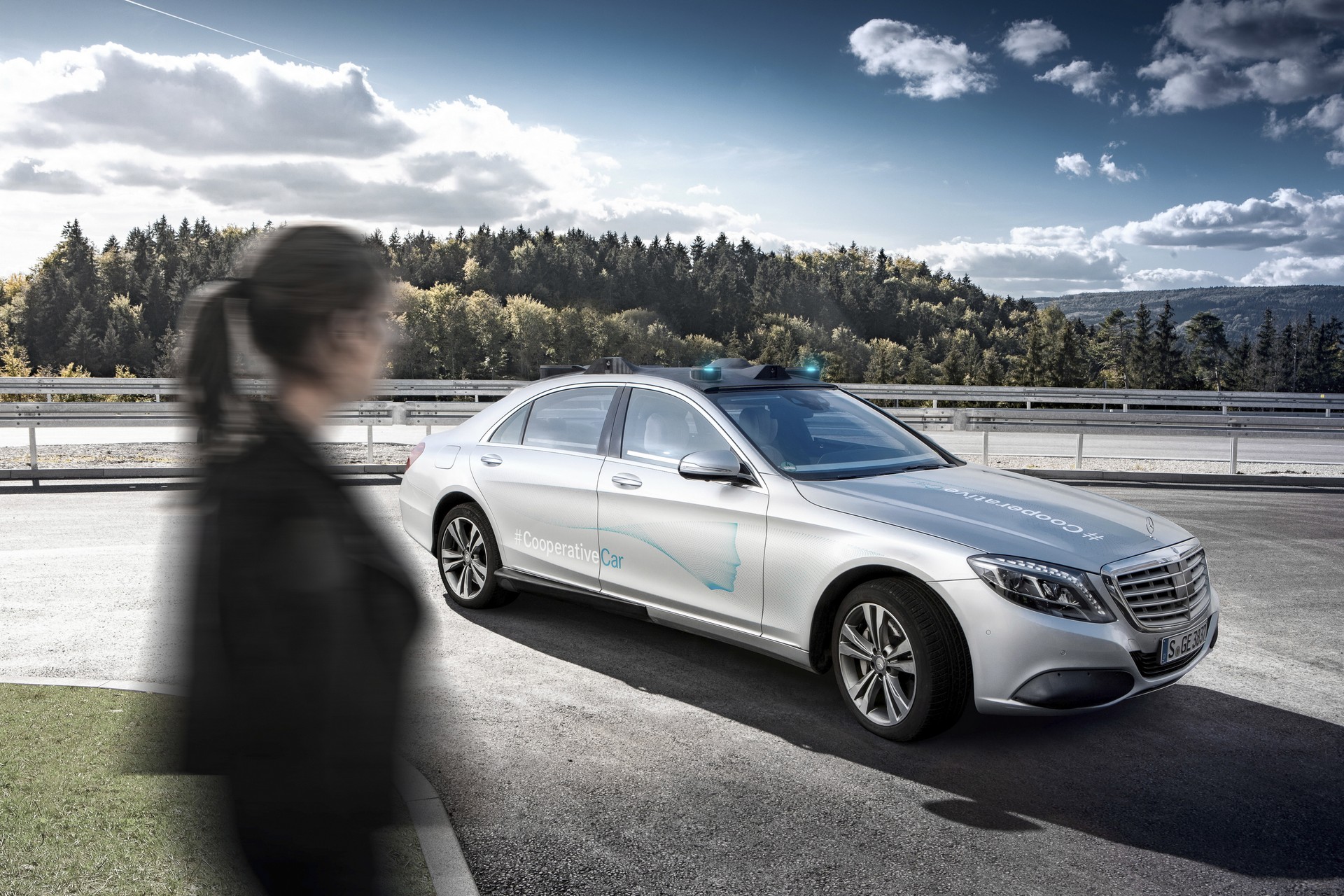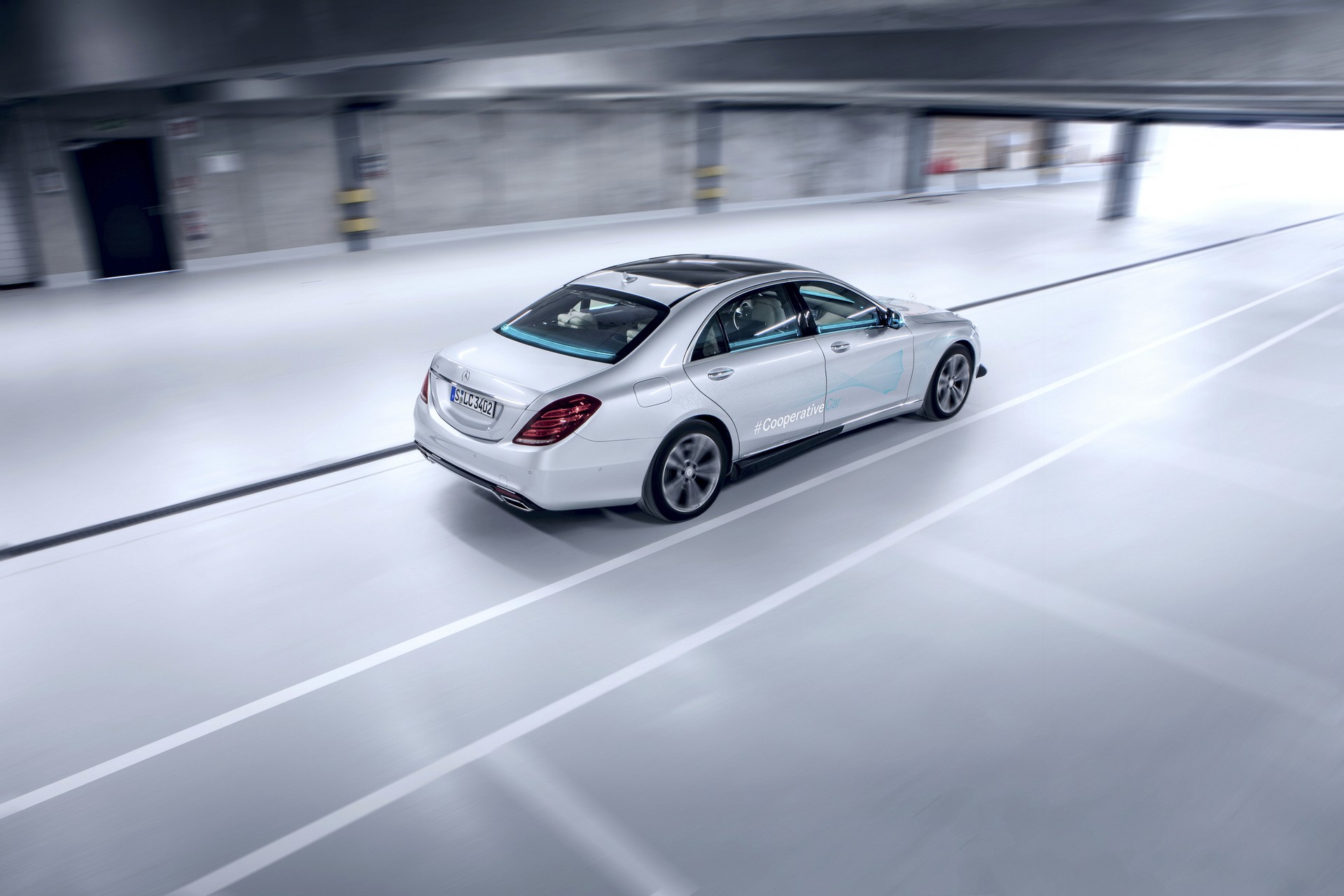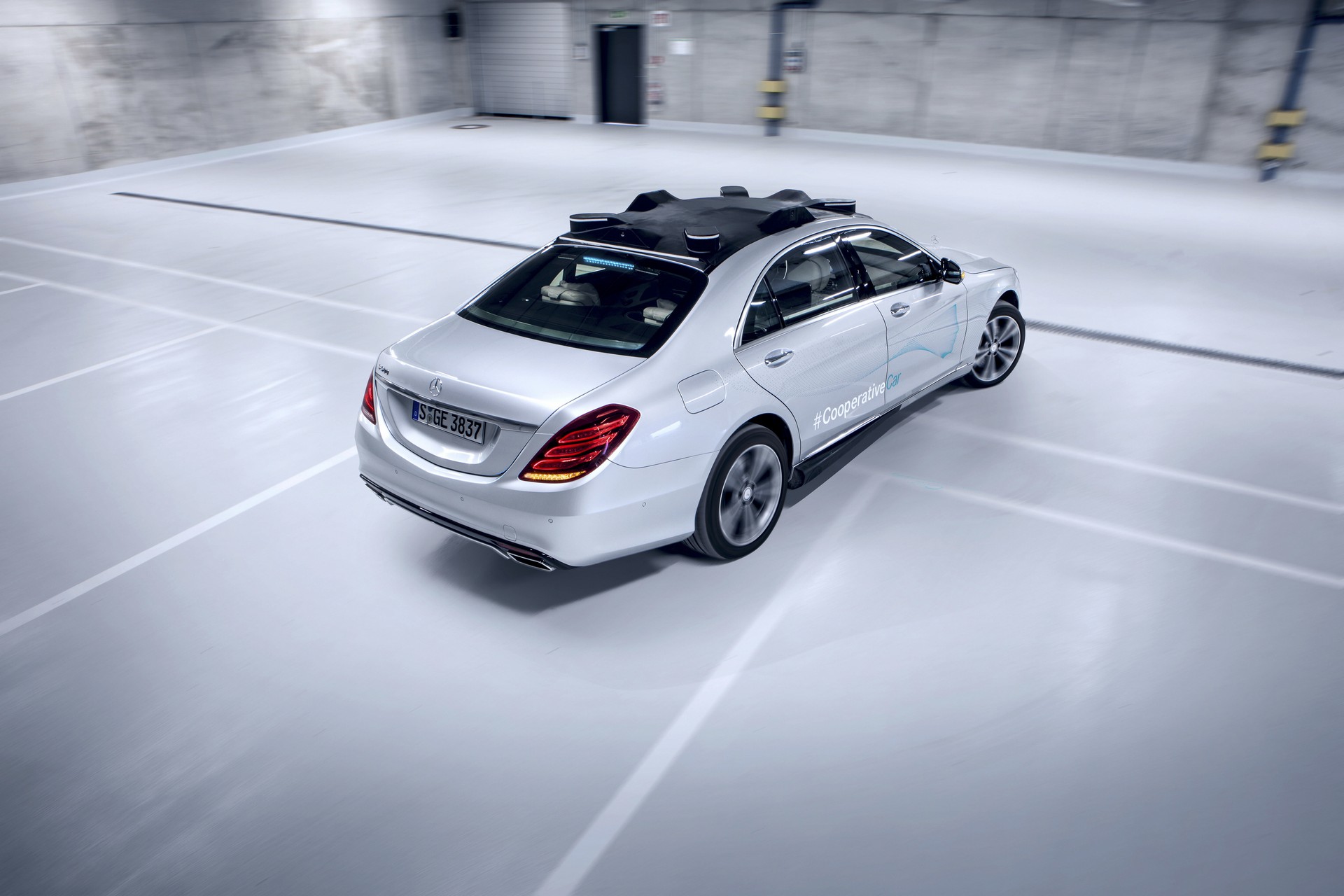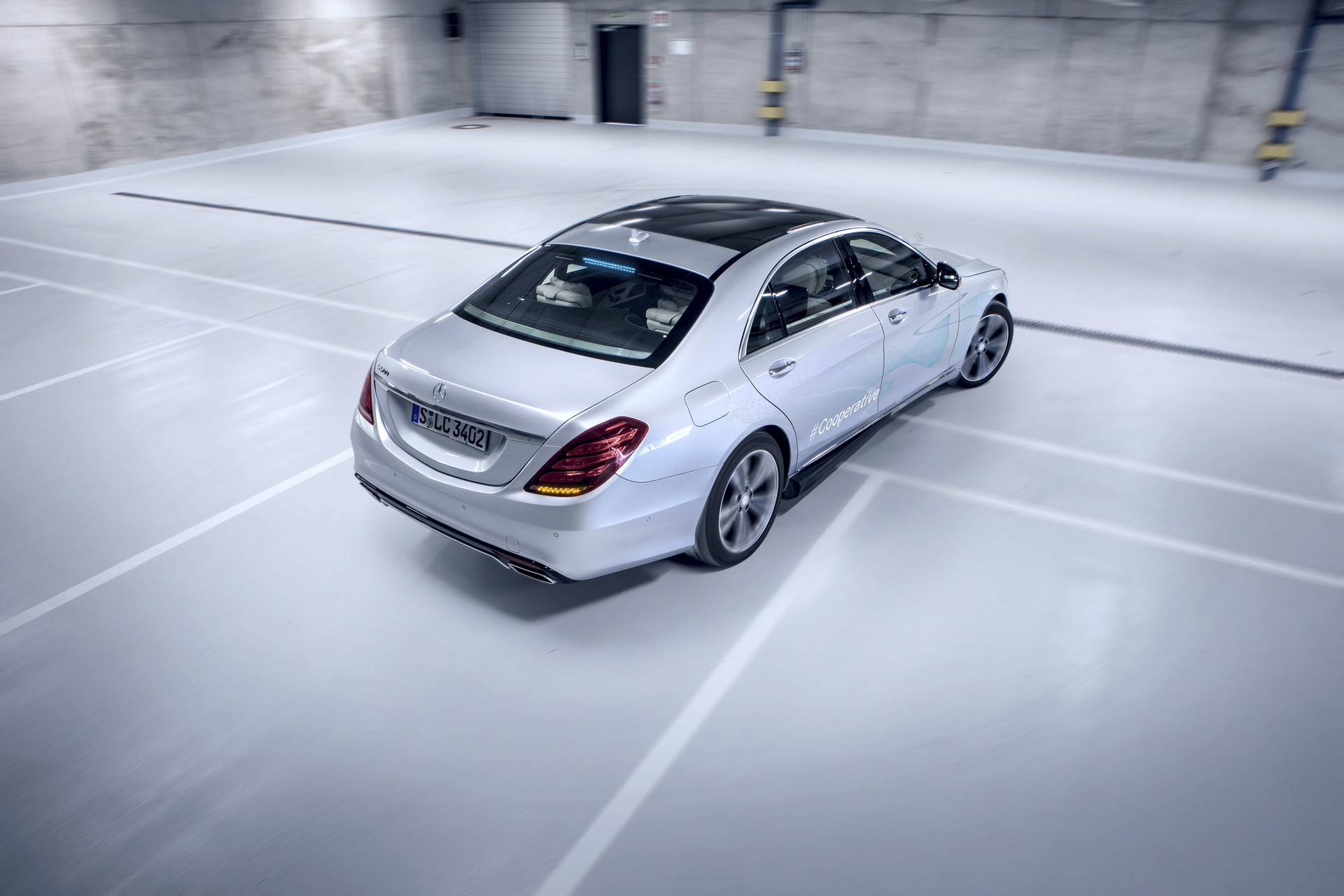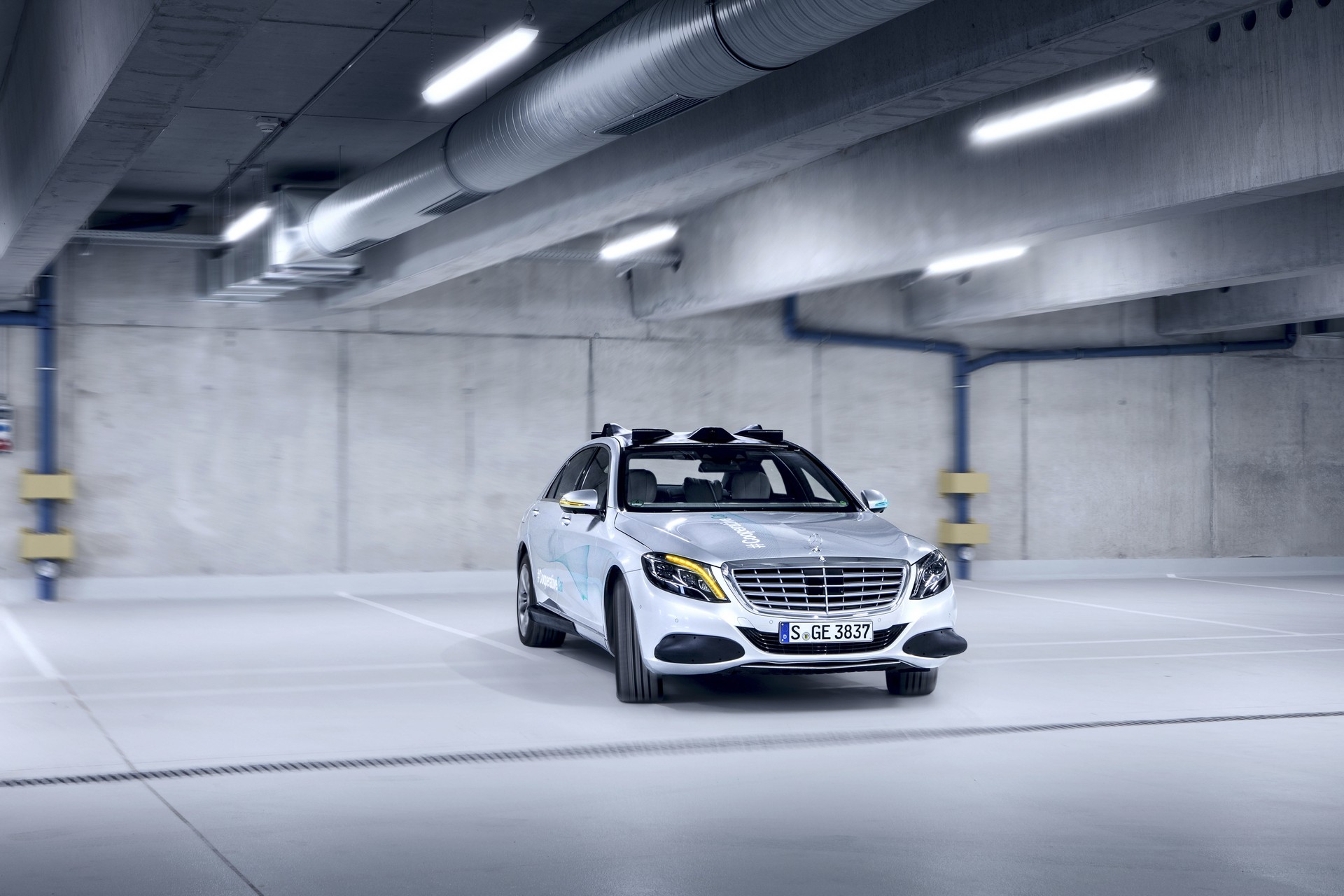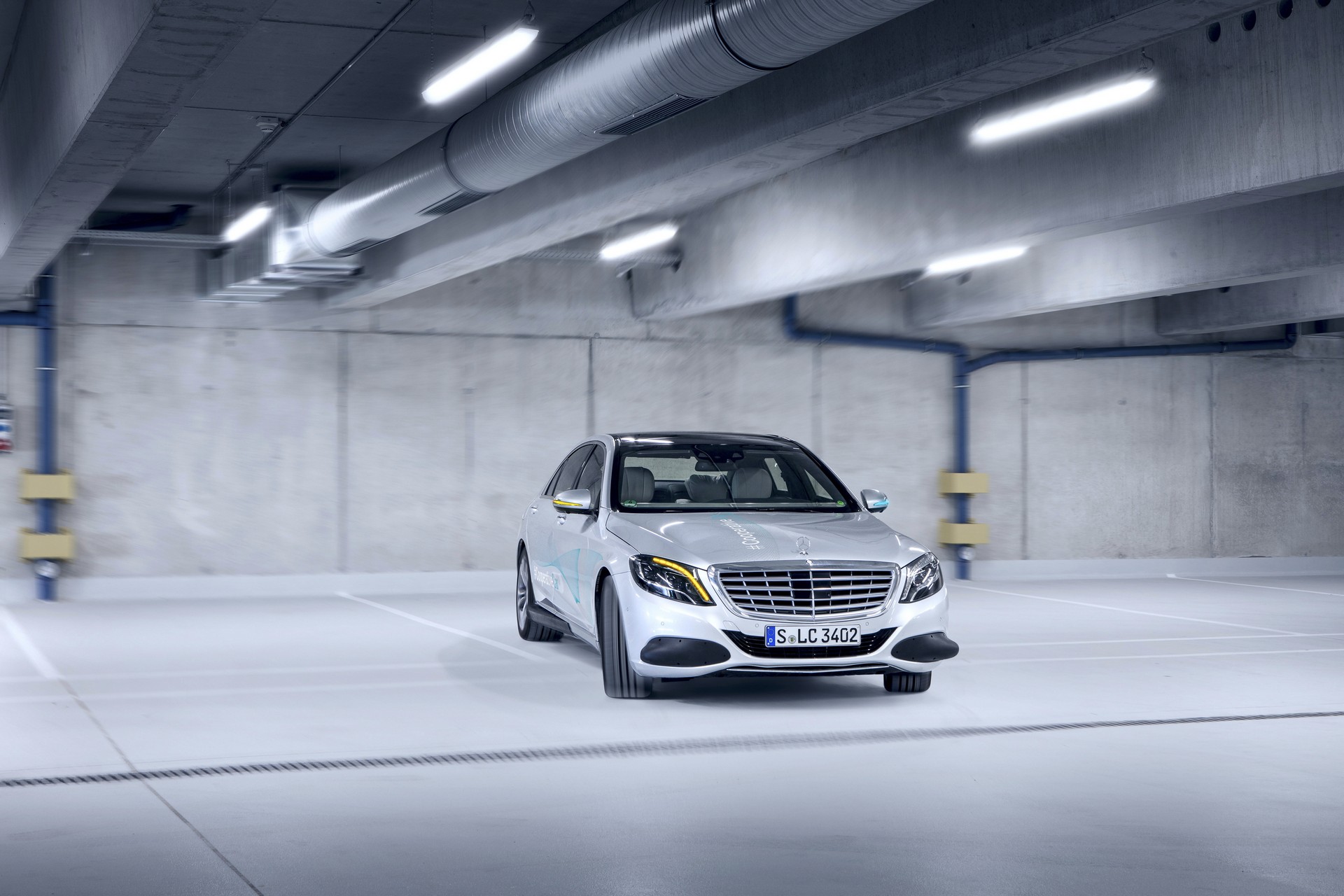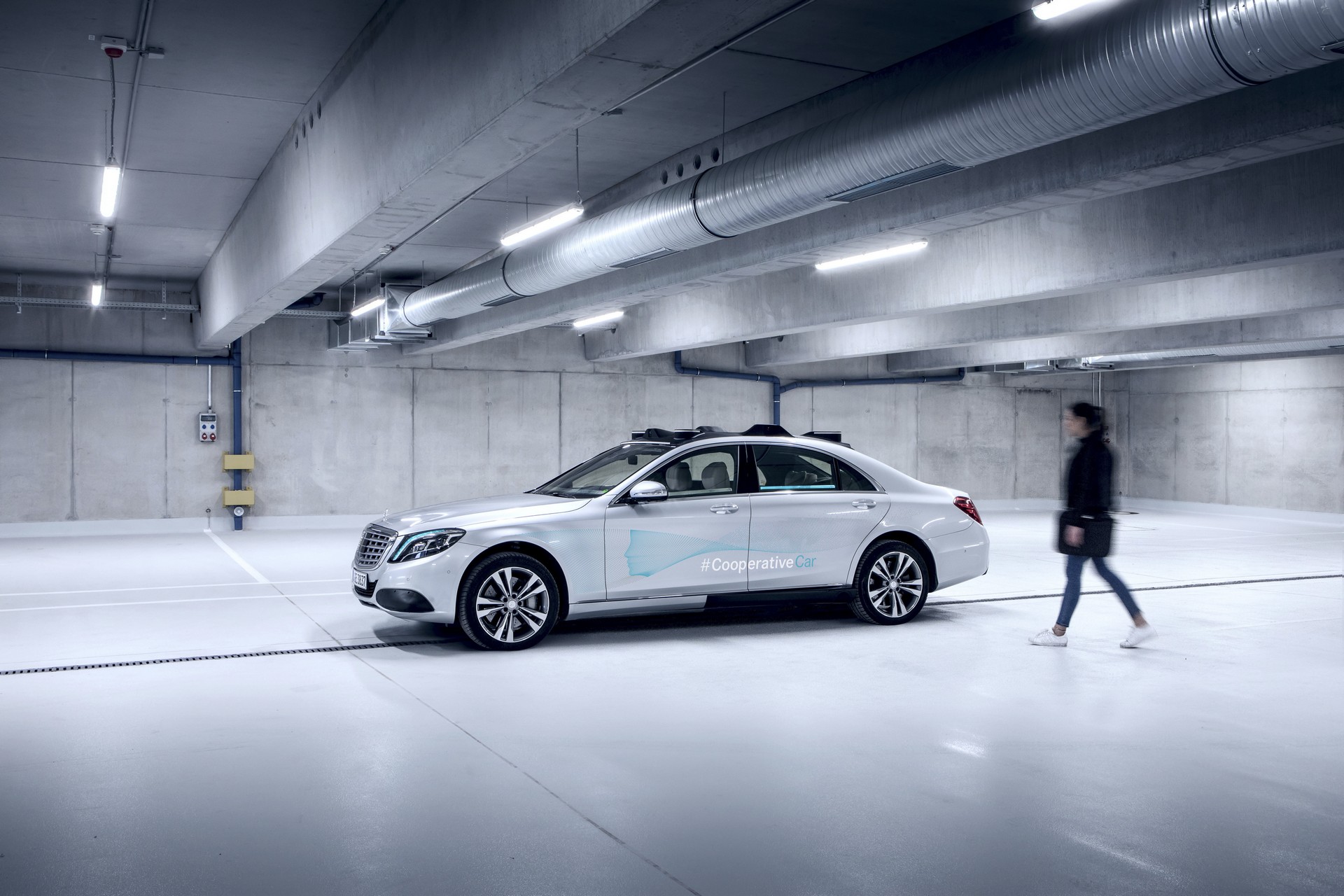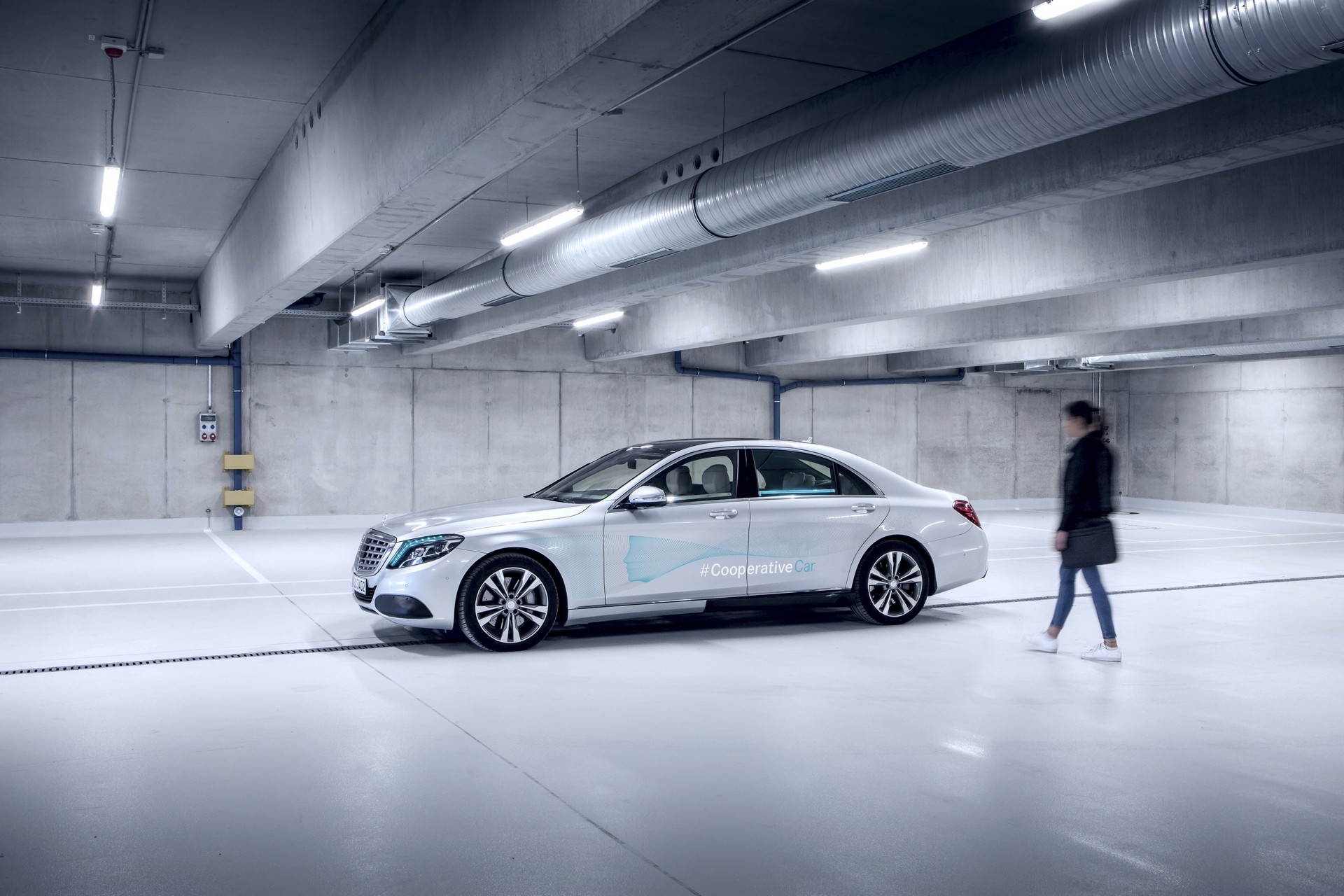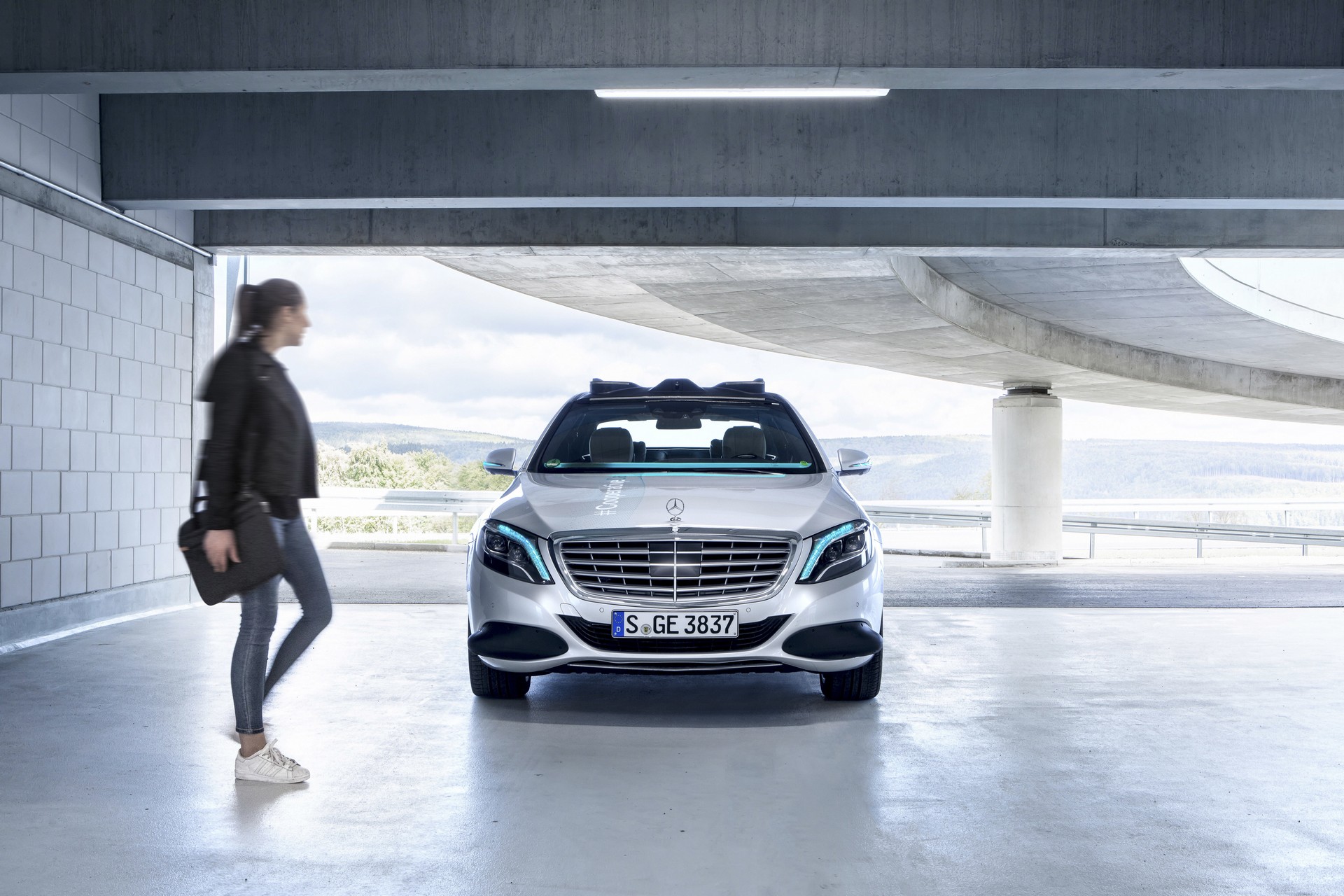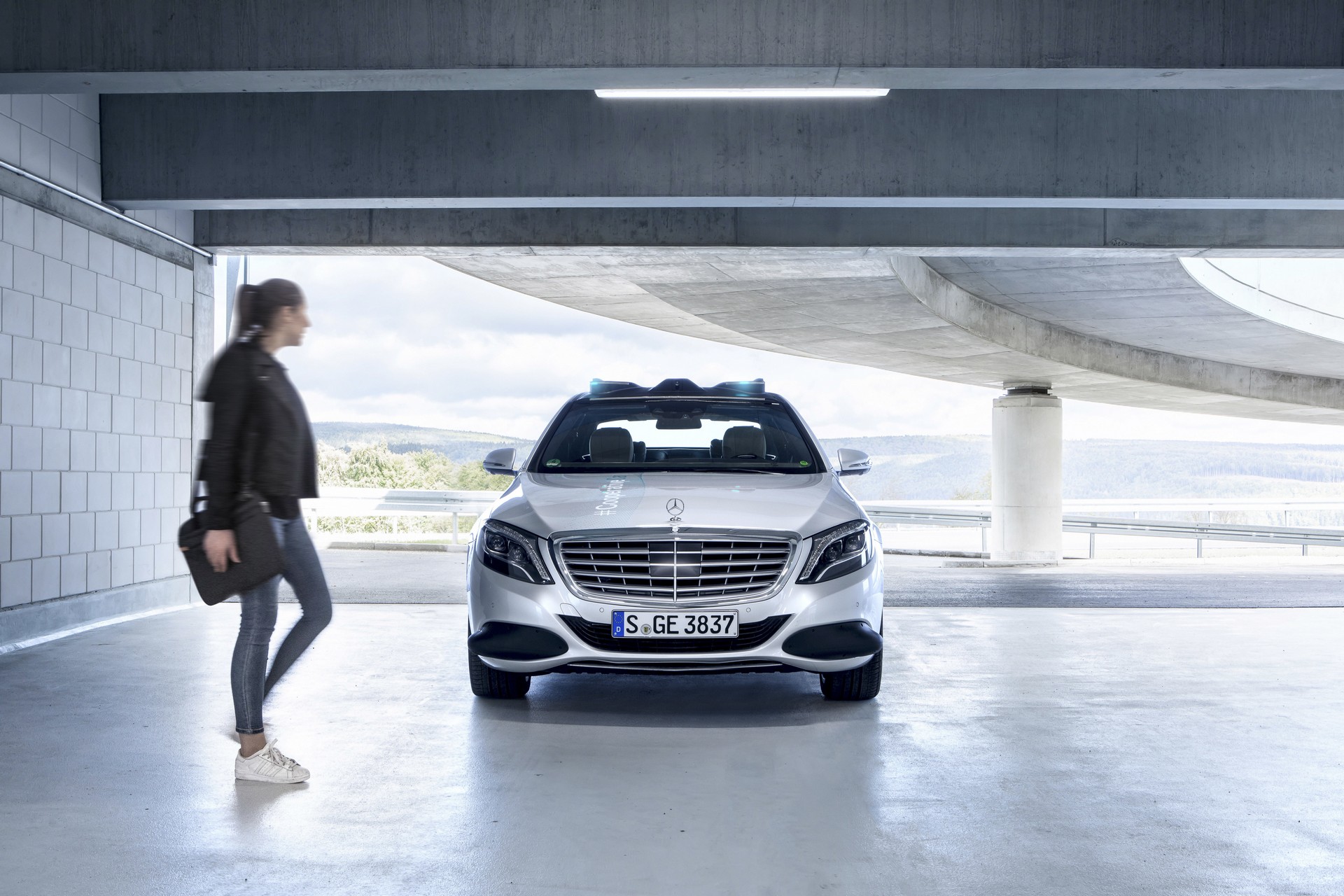Mercedes has big plans for autonomous vehicles but, like other automakers exploring the technology, they’re being faced with a question about how to establish trust between humans and machines.
Describing autonomous driving technology as an “integral part of our future,” Mercedes says that self-driving vehicles need to express empathy and trustworthiness in order to be successful. That’s relatively easy for a human to do, but the task is much more difficult when you’re talking about a car.
This is relatively new field, but Daimler futurologist Alexander Mankowsky explained “People need to be able to quickly and reliably gauge what an autonomous vehicle is going to do next. The vehicle must therefore provide information about its intentions in a way that people can grasp immediately and intuitively.”
As part of this effort, Mercedes has introduced the S-Class cooperative concept which features a 360° light signaling system for communicating with pedestrians and surrounding traffic. When the concept is operating in autonomous driving mode, a series of turquoise lights help to indicate its next actions.
The lights will slowly flash to indicate the vehicle is about to begin braking. Likewise, the lights will flash rapidly to inform people that it is about to start moving. The model is also equipped with a dedicated light that indicates whether or not the vehicle is autonomous driving mode.
One of the concept’s more interesting features is a set of lights on the roof which respond to pedestrians. The vehicle follows their movements and illuminates corresponding lights to indicate that the car is aware of their presence. Mercedes says this is an attempt to recreate the “natural eye contact that would have taken place between the driver and pedestrians.”
Mercedes built the concept after conducting several studies which showed light signaling has a strong effect on the acceptance of autonomous vehicles. The studies also showed the lights helped pedestrians feel safer and participants preferred a full 360° display.








